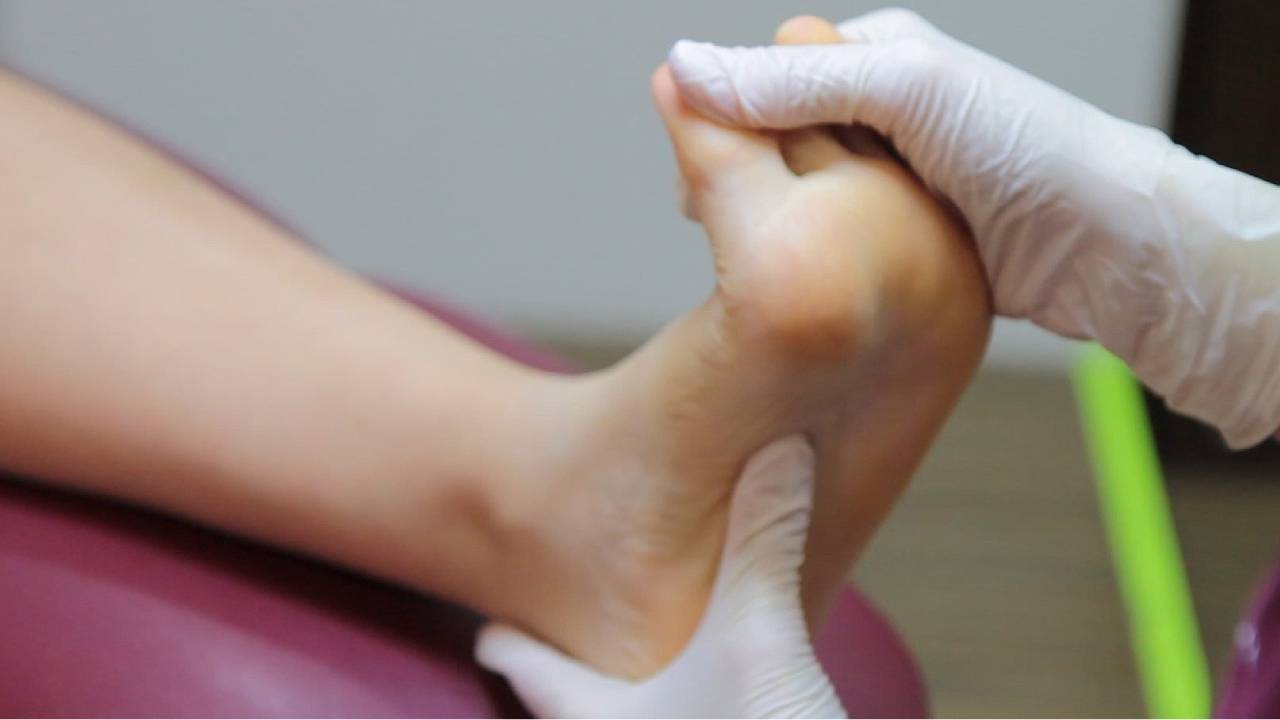
There are a number of relatively common gait abnormalities in children such as tip-toe walking, in-toeing and out-toeing. If your child’s feet are turned inwards while standing and walking, then he/ she is very likely in-toeing.
“In-toeing”, also known as pigeon-toe gait, occurs mostly in children under the age of 2. The condition will cause a child to be clumsy and more susceptible to tripping over their own feet. Seeing a child with such an abnormal gait can definitely worry the parents.
Some musculoskeletal conditions which can cause in-toeing:
- Hip Dysplasia
- Femoral Anteversion
- Internal Tibial Torsion
- Clubfoot
- Metatarsus Adductus
While in-toed walking does not initially cause pain to a young child, if uncorrected it can lead to associated muscle and joint pains as the child becomes older. It can even lead to postural deformities such as scoliosis or lordosis of the spine, which can become progressively more severe with age. While some cases do self-correct over time, you should consult a specialist for a detailed assessment and prognosis.

Out-toeing is often the result of a condition known as femoral retroversion. This gait pattern would be seen as the child’s feet turning out excessively as he/she walks, similar to how a duck waddles. This abnormality can cause secondary pain, and makes normal gait posture difficult for affected children. If left unaddressed, the out-toeing posture can affect the proper development of a child’s hip, knee, and foot joints.
Out-toeing may be caused by these and other conditions:
- Femoral Retroversion
- External Tibial Torsion
- Genu Valgum
- Flat Foot
If you are unsure of your child’s condition, consult a foot specialist for a professional evaluation. A podiatrist can assess your child and determine the strategy to help him or her develop a healthy gait and posture. Podiatric modalities may include specific footwear or specialised orthotics that are customised to your child’s foot and lifestyle needs.
Parental Tip: Parents should discourage their children from sitting in habitual ‘W’ positions, as this can exacerbate rotational deformities and hip joint contractures.
If you suspect a child, yours or another’s, to have hip/ knee/ leg/ foot issues, please highlight it to your podiatrist. Children’s feet are highly mouldable; early intervention can be key to resolving postural deformities, gait abnormalities, and misalignment during growth.





